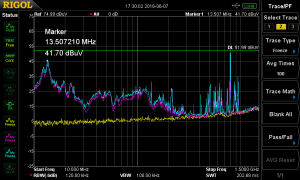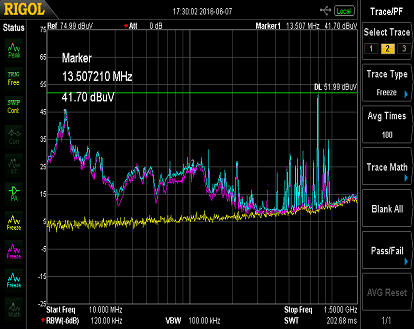(June 15, 2016) The US Federal Communications Commission is trying to figure out exactly how much trouble is being caused by product emissions that effectively raise the overall noise floor over the frequency spectrum.
Among the amateur radio and shortwave listener communities, the noise floor in the radio spectrum has obviously been rising as the number of devices in use that emit radio energy grows, but the FCC said it hasn’t found much quantitative data to support this. As a first step toward the FCC producing such a study, the commission asked the public for input on the proper design of the study and input on the problem itself.
Many devices emit radio frequency energy that could interfere with radio services and increase the noise floor… essentially the sum of all interfering signals. There are two broad product categories that appear to be the dominant emissions sources: electronic lighting (including CFL, LED, and halogen) and switch mode power supplies. Many of these originate from offshore manufacturers and many of those are marked as complying with FCC Part 15 or 18 but don’t actually meet the standards. Even those that do comply still produce large levels of broadband noise across much of the spectrum below 200 MHz. The FCC wishes to study changes to the noise floor from human-made sources over the past 20 years.
As such, they have issued Public Notice DA-16-676 describing the possible sources and asking a series of survey questions. This will be the first step in designing a larger study. Interested parties may file comments up until the deadline of August 11, 2016. Comments may be filed using the Commission’s Electronic Comment Filing System (ECFS), as well as several other methods. Refer to the Public Notice for details.
For further information, please contact TAC Spectrum and Receiver Performance working group co- chairs Greg Lapin, ARRL (GLapin@arrl.org) and Lynn Claudy, NAB (LClaudy@nab.org), or TAC working group FCC liaison Robert Pavlak, FCC Office of Engineering & Technology (Robert.Pavlak@fcc.gov).
Click here to read the public notice.

